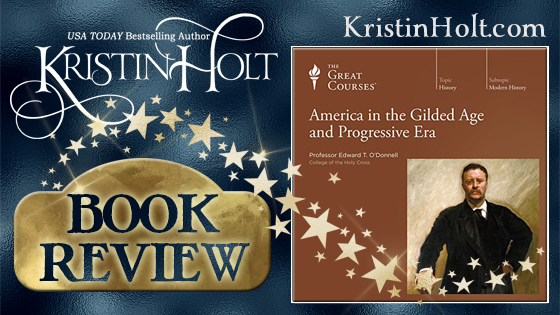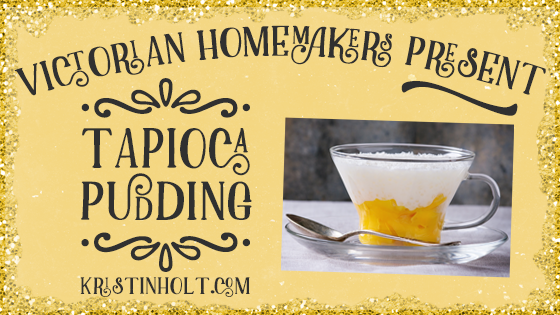
by Kristin Holt | Feb 12, 2020 | Articles
Part 3 of an ongoing series ~
Who knew? Tobacco use in the nineteenth century might surprise you! Without today’s health warnings, tobacco became a favorite vice among men and women of all ages (including children). Numerous vintage sources paint an accurate backdrop of cigarettes, cigars, cigarillos, chewing tobacco, etc., dispelling the myths surrounding tobacco use throughout the American nineteenth century.

by Kristin Holt | Jul 22, 2019 | Articles
Victorian-era American wisdom regarding romance, marriage, and courtship is fascinating! A collection of 19th century newspaper clippings provides a wide range of answers to the question: Who Makes the Best (Victorian) Wives? Throughout the late nineteenth century, much (conflicting) advice for the hymeneal-minded.
Note: Part of a blog series including Blondes are Favorites (Who Makes the Best (Victorian) Wives?).

by Kristin Holt | Jul 17, 2019 | Articles
I listened to The Great Course’s 12-hour production: America in the Gilded Age and Progressive Era. This audio book title rates a full five stars and I recommend it to all fans of late nineteenth century American life–including those who enjoy it as a backdrop to their favorite fictional tales.

by Kristin Holt | Feb 11, 2019 | Articles
Etiquette and all that is deemed “good manners” morphs over time. Behavior that our nineteenth-century ancestors would find appropriate has largely disappeared, and today’s idea of a man’s best actions with his hat would appall our great-granddaddies. Specifically speaking, “Common Details of Western Historical Romance that are Historically Incorrect, Part 2” entails nineteenth century hat etiquette–specifically men in the company of women–and contains more vintage citations than my earlier post titled Hat Etiquette of the Victorian Era.

by Kristin Holt | Jan 23, 2019 | Articles
Victorian Americans favored many different kinds of puddings for desserts, during all seasons of the year. One type was tapioca–which hasn’t changed much in the intervening hundred-plus years. See many similar recipes in vintage era cook books and newspapers; plain, apple, peach, (and early in the 20th century, caramel).













